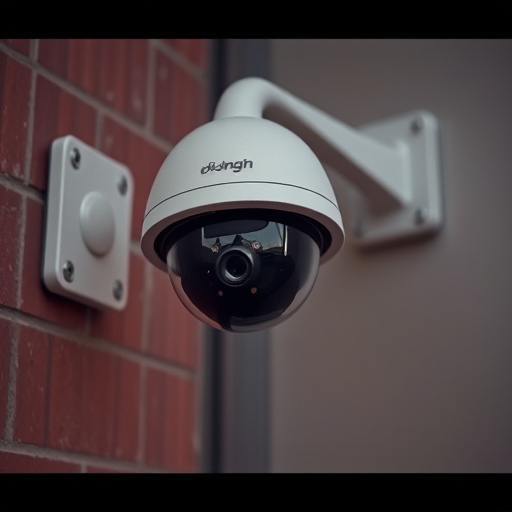Optimizing fake security camera placement angles (15-30 degrees from horizontal) enhances realism and effectiveness. Strategic positioning on walls, ceilings, trees avoids blind spots, reduces distortion, and offers 360-degree surveillance while maintaining discretion, deterring crime without actual CCTV installation costs.
“Maximize your home or business security with our guide on exterior fake CCTV mounting. Learn how to strategically place these realistic decoys to deter potential intruders, ensuring optimal coverage and peace of mind. From evaluating ideal placement angles for fake security cameras to mastering discreet mounting techniques, we’ll walk you through best practices. Discover tips on enhancing safety through thoughtful camera positioning, helping you create a robust defense system without breaking the bank.”
- Evaluating Ideal Placement Angles for Fake Security Cameras
- Mounting Techniques: Secure Your Fake CCTV Discreetly
- Enhancing Safety: Best Practices for Fake Camera Positioning
Evaluating Ideal Placement Angles for Fake Security Cameras
When placing exterior fake CCTV cameras, understanding ideal mounting angles is crucial for their effectiveness and realism. The recommended angle for a realistic appearance is usually between 15 to 30 degrees from horizontal. This range ensures that the camera captures clear, detailed footage while maintaining a natural line of sight—a key factor in convincing viewers that they are monitoring a genuine security system.
Mounting at these angles allows the camera to capture potential threats or suspicious activities without appearing overly aggressive or obtrusive. It’s essential to avoid mounting too low, which can create blind spots and reduce overall coverage, or too high, which might result in distorted footage and an unnatural field of view. Evaluating the landscape, surrounding structures, and areas requiring monitoring is vital to determine the optimal angle for each camera placement.
Mounting Techniques: Secure Your Fake CCTV Discreetly
When strategically placing your fake security cameras, consider various mounting techniques to ensure they blend seamlessly into their surroundings. The key is to maintain a discreet profile, making it challenging for potential intruders to identify them as fakes. Mounting at eye level or slightly elevated angles can create an authentic appearance and deter crime effectively.
Adjustable brackets allow for precise placement, enabling you to experiment with different camera positioning. Aim for unique viewing angles that capture key areas without becoming obtrusive. By combining these mounting techniques, you can create a comprehensive security network that effectively deters criminal activity while maintaining an aesthetically pleasing environment.
Enhancing Safety: Best Practices for Fake Camera Positioning
To enhance safety, strategic placement of fake security cameras is key. When positioning these decoys, consider the 360-degree view they offer as a deterrent to potential intruders. Aim to place them at various heights and angles—on walls, ceilings, or even in trees—to create a comprehensive surveillance network. This diverse array of “eyes” can effectively deter crime by making it harder for perpetrators to know when they’re being watched.
Focus on high-risk areas like entry points, windows, and valuable asset locations. The goal is to make your property appear heavily monitored, even if the cameras are fake. By strategically placing these decoys, you can significantly improve your home or business’s security without breaking the bank on actual CCTV installation costs.
When mounting an exterior fake CCTV camera, understanding the ideal placement angles and best practices is key to enhancing your home or business’s security. By evaluating the landscape and considering factors like lighting and visibility, you can strategically position these discreet devices to deter potential intruders. Remember, even artificial cameras can serve as a powerful deterrent when installed correctly, providing added peace of mind.
